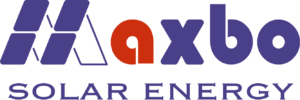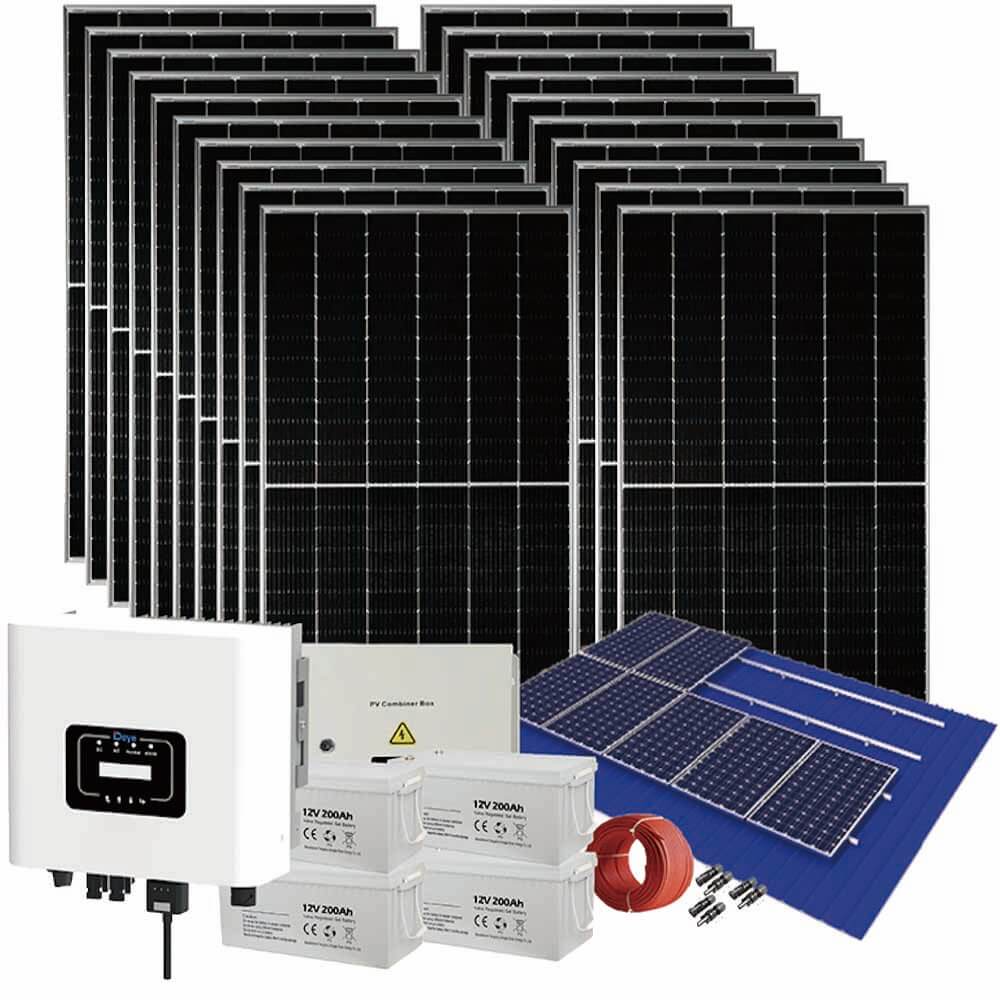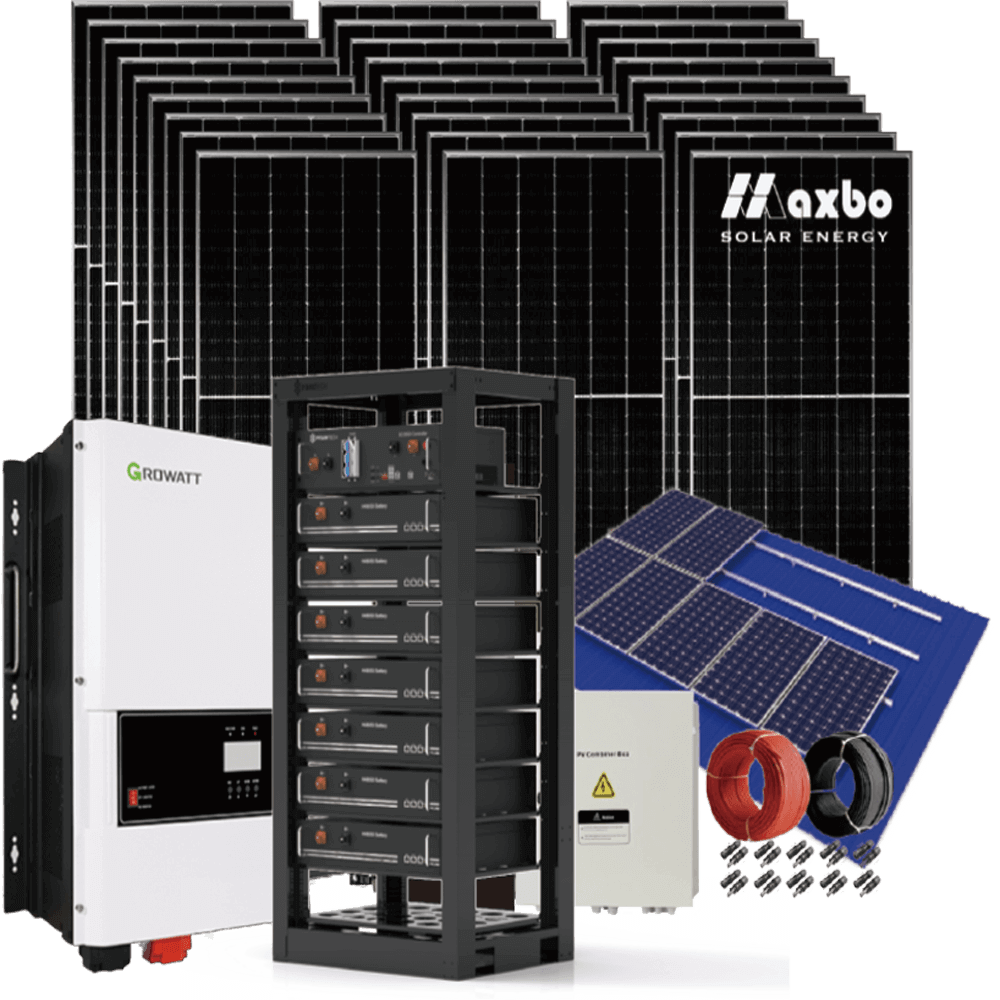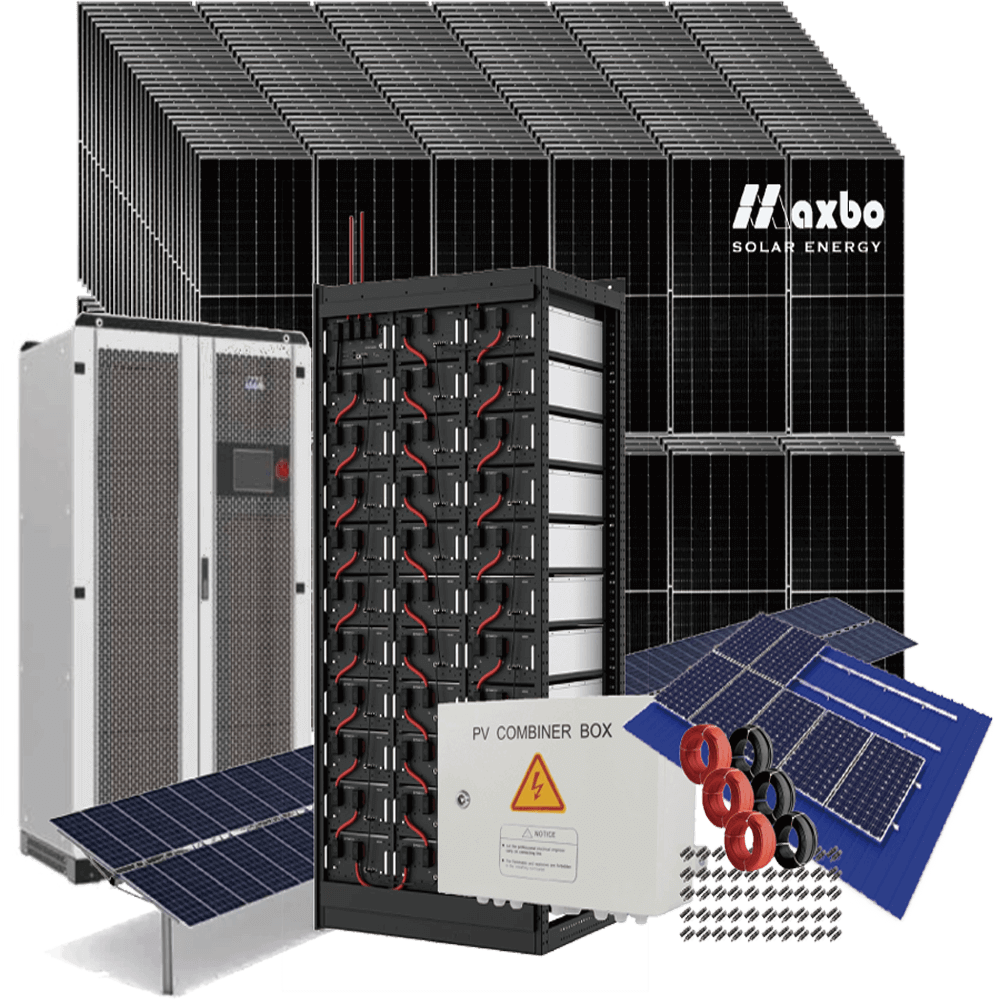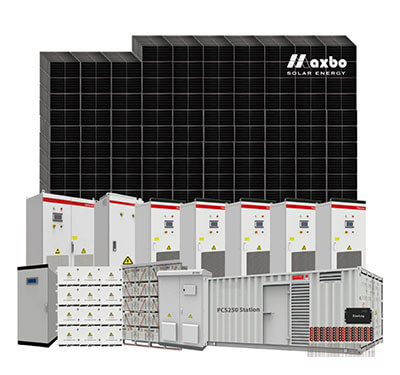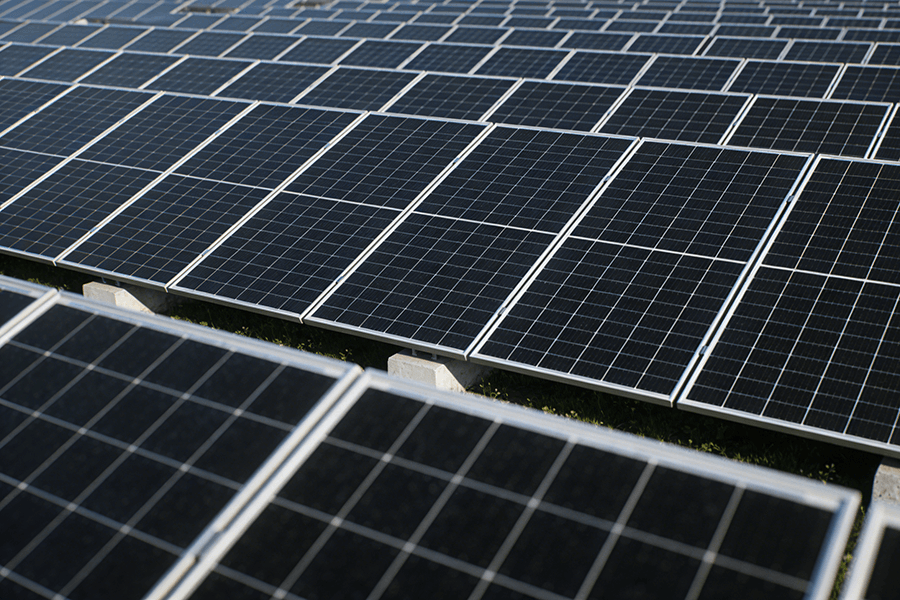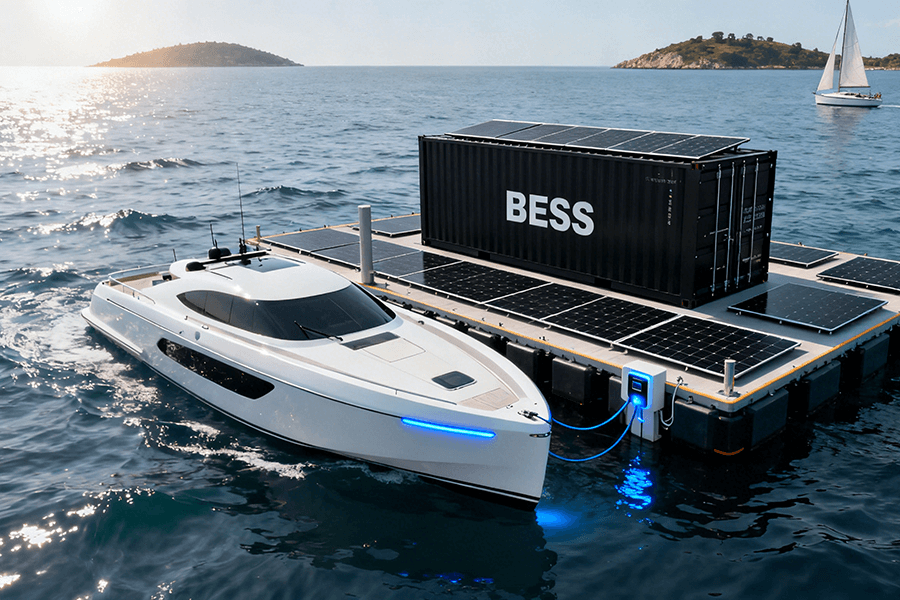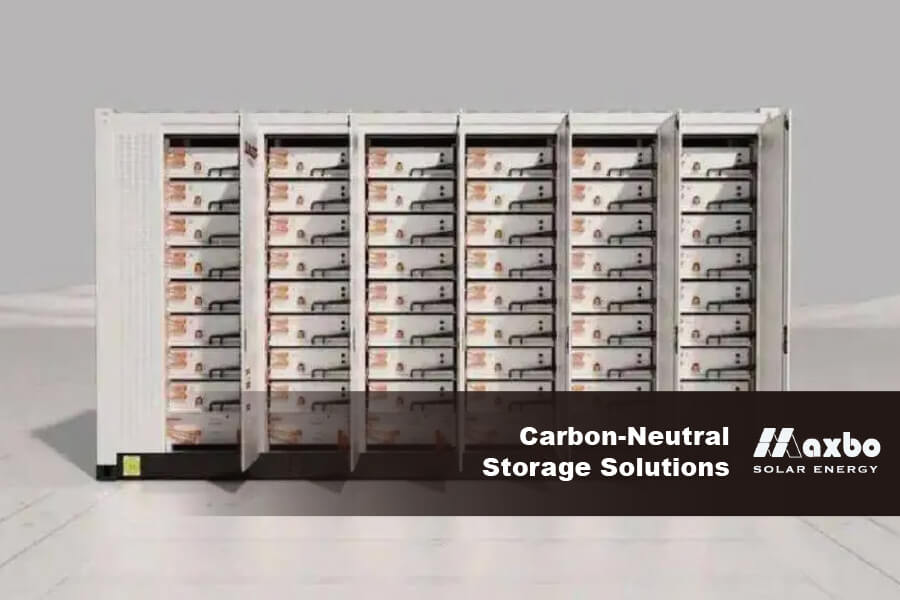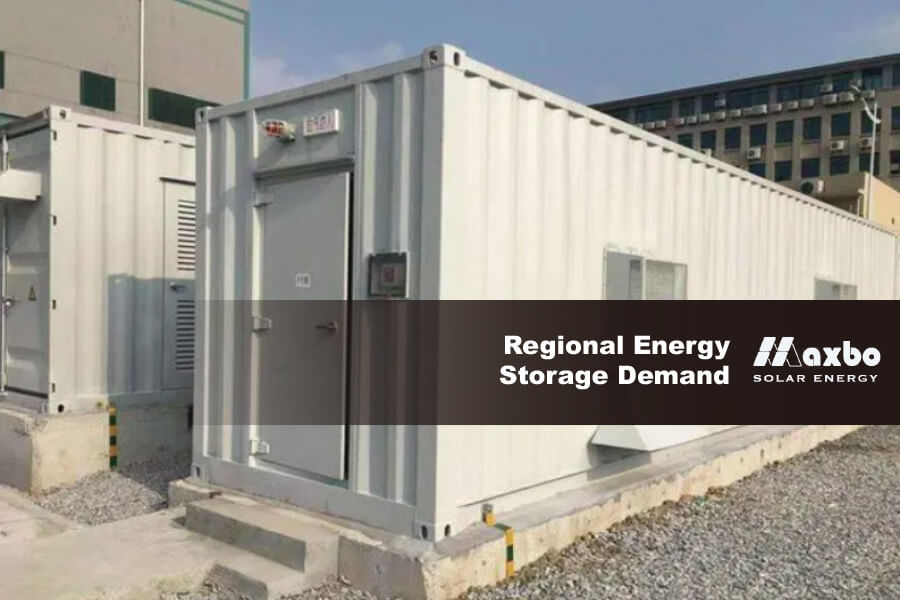Finding the best location for solar PV power plant is crucial for maximizing energy output and ensuring the longevity of the system. A well-chosen site not only increases efficiency but also reduces the cost of maintenance and infrastructure. At Maxbo, we specialize in helping businesses and developers identify and build solar PV power plants at optimal locations across Europe. In this guide, we’ll explore what makes a site ideal for solar energy, considering both geographical factors and specific roof or ground characteristics.
Why Location Matters for Solar PV Power Plants
The best location for solar PV power plant directly impacts its ability to harness solar energy effectively. Factors like sunlight availability, shading, land or roof quality, and proximity to the electrical grid are key elements in determining whether a location will maximize the plant’s output.
Key Factors That Make the Best Location:
- High Solar Irradiance: Locations with higher sunlight exposure are naturally more efficient for solar energy generation(MDPI)(SpringerLink).
- Minimal Shading: Even partial shading can drastically reduce a solar PV system’s energy production, so it’s important to choose sites without obstructions like buildings, trees, or hills(MDPI).
- Proximity to Grid Infrastructure: The closer the plant is to the power grid, the lower the costs for transmission and connection(SpringerLink)(blog.feniceenergy).
- Roof or Soil Condition: In both rooftop and ground-mounted systems, the condition of the surface plays a significant role. Roofs need to be structurally sound, while soil should be stable for ground installations(MDPI).
Best Geographical Location Criteria for Solar PV Power Plants
1. Solar Irradiance and Climate
The best location for solar PV power plant starts with identifying areas that receive the most sunlight throughout the year. For example, southern Europe, such as Spain, Italy, and southern France, offers optimal solar irradiance compared to northern regions. In these areas, solar panels will produce significantly more electricity.
The number of clear, sunny days is another consideration. Areas with frequent cloud cover, heavy rain, or snow are less ideal. Conversely, desert regions or sunny coastal areas are excellent choices(blog.feniceenergy).
2. Topographical Considerations
When selecting a location, flat terrain is typically more favorable, as it simplifies installation and reduces costs. However, slight slopes can be advantageous if they face south (in the northern hemisphere), improving sunlight exposure. Avoid valleys, where sunlight may be blocked for part of the day, and steep slopes, which complicate installation(MDPI)(SpringerLink).
Structural Considerations: Roofs and Ground Conditions
1. Best Roof Types for Solar PV Plants
When installing solar PV plants on commercial or residential buildings, the roof’s structural integrity is crucial. The best location for solar PV power plant on a roof should meet the following criteria:
- Material and Durability: Metal roofs are ideal for solar installations due to their durability and lifespan, which often matches or exceeds the solar panel lifespan. Flat roofs are preferred for ease of installation and optimal panel alignment(SpringerLink)(blog.feniceenergy).
- Orientation: In Europe, roofs that face south are the best for maximizing solar production. Roofs facing east or west can still be used but will be less efficient.
- Roof Age and Condition: It’s essential to install solar panels on roofs in good condition to avoid costly repairs later on. If the roof needs replacement soon, it’s advisable to replace it before installing the solar panels(SpringerLink).
2. Ground-Mounted Solar PV Plants: Soil and Land Quality
For ground-mounted systems, the best location for solar PV power plant requires stable, non-flood-prone soil. Uneven or rocky terrain increases installation complexity and costs, so choosing flat, solid ground is ideal. In agricultural regions, dual-use systems, where solar panels are elevated to allow crops to grow beneath, are becoming more popular, maximizing land use(MDPI)(SpringerLink).
The Role of Technology: Using GIS for Optimal Location
Geographic Information Systems (GIS) and satellite imaging are increasingly being used to identify the best location for solar PV power plant. GIS tools analyze various factors such as solar irradiance, land elevation, proximity to grid infrastructure, and environmental impact, allowing developers to pinpoint optimal sites quickly(MDPI)(SpringerLink).
Maxbo leverages advanced GIS technology to help our clients find the best locations for solar installations, ensuring that projects maximize efficiency and minimize costs.
Regulatory and Environmental Considerations
1. Environmental Impact Assessments
Solar plants must adhere to environmental regulations, especially in protected or ecologically sensitive areas. The best location for solar PV power plant minimizes environmental disruption, such as harming wildlife habitats or water systems. Conducting environmental impact assessments ensures compliance with regulations and identifies potential risks early(MDPI)(blog.feniceenergy).
2. Zoning and Permits
Understanding local zoning laws is essential. Many countries and regions have regulations regarding solar plant installation, especially in urban areas. The closer the plant is to a city or populated area, the easier it will be to connect to the grid, but you must ensure that the land is zoned for industrial use(SpringerLink).
Maxbo’s Role in Solar PV Power Plant Location Selection
At Maxbo, we specialize in providing our clients with comprehensive, cost-effective solutions that help them identify the best location for solar PV power plant. Whether you’re looking to install a rooftop system or a ground-mounted installation, we offer:
- Site Assessment Services: We evaluate solar irradiance, topography, and shading to determine the most suitable locations for optimal energy production.
- Advanced Technology: Using GIS tools, we analyze multiple factors to ensure you choose the best site for your solar plant(MDPI)(SpringerLink).
- Regulatory Assistance: Maxbo helps clients navigate the often complex legal landscape, securing the necessary permits and ensuring compliance with local and environmental regulations.
Conclusion: Choose the Best Location for Your Solar PV Power Plant with Maxbo
Selecting the best location for solar PV power plant is a multi-faceted process involving geographic, environmental, and structural considerations. By choosing the right site, you can significantly increase your solar system’s efficiency, reduce costs, and ensure long-term profitability.
At Maxbo, we offer end-to-end solutions for solar PV power plant design and installation, helping you find the ideal location for your solar project. Explore our tailored solutions at Maxbo-Solar and take the first step towards a sustainable, energy-efficient future.
best location for solar PV power plant
best location for solar PV power plant
best location for solar PV power plant
References:
- Optimal Site Selection for Solar PV Power Plants Using GIS Tools: MDPI (2024)
- Setting Up a Solar PV Power Plant: A Step-by-Step Guide – Fenice Energy (2024)
- Geography and Natural Resources: Site Selection for Solar Power in Nakhchivan (2023)
